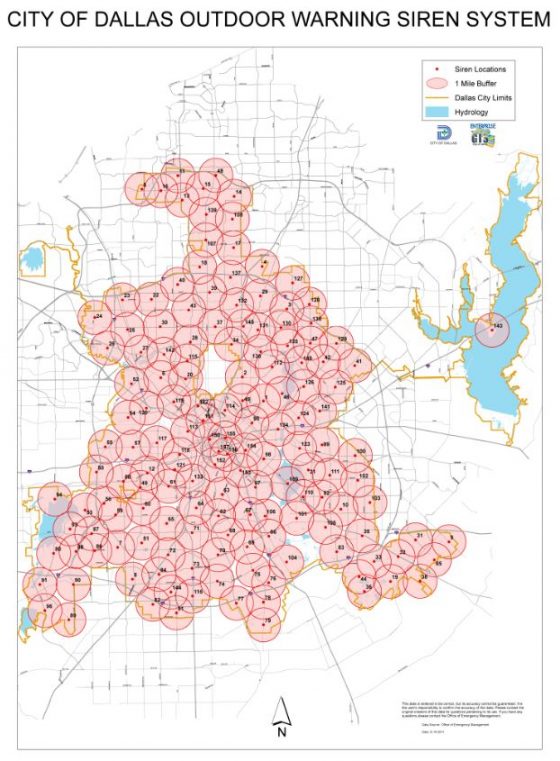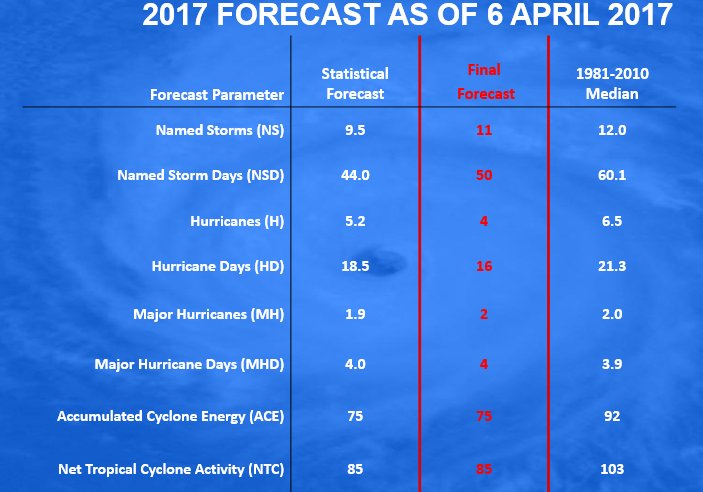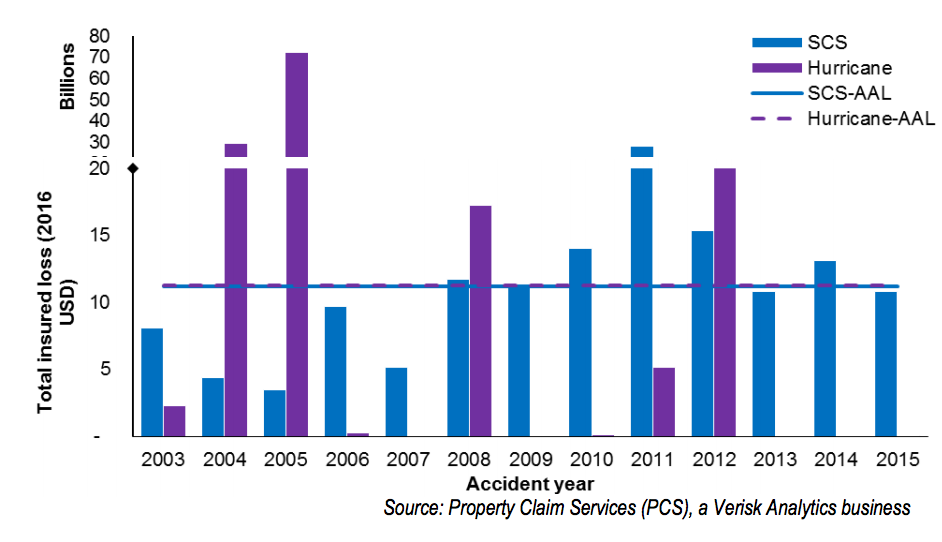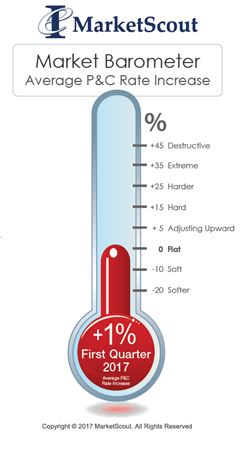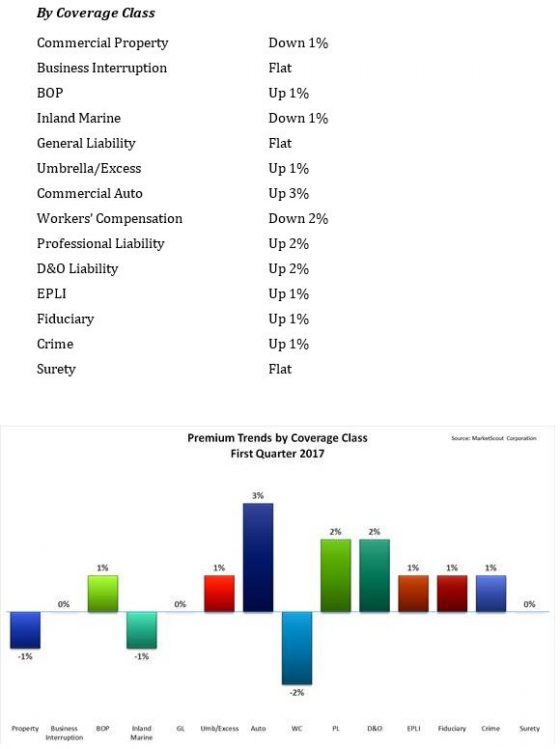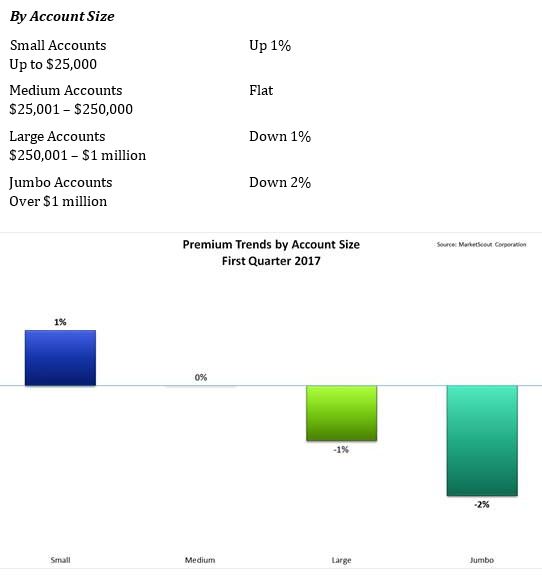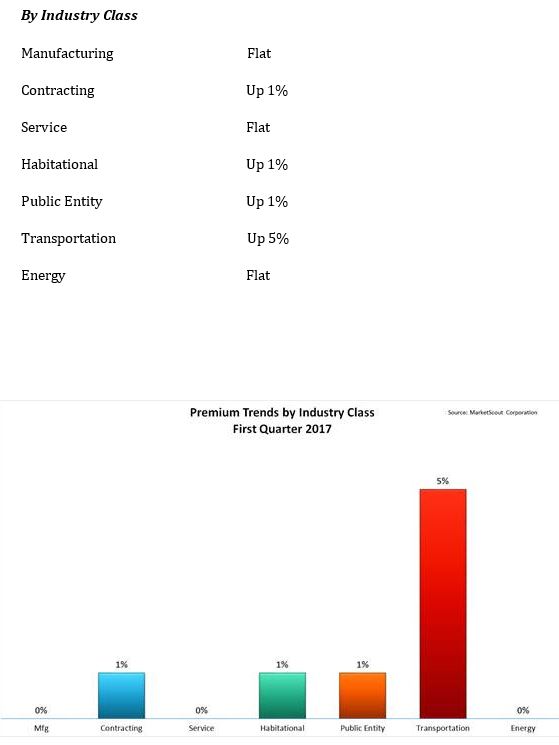United Airlines stock tumbled nearly 4% in early trading Tuesday morning before recovering late in the day as the company continued to deal with fallout after video surfaced showing a passenger being forcibly dragged from a United flight at Chicago’s O’Hare International Airport. United shares were down by as much as 6% in premarket trading Tuesday morning, according to MarketWatch.
Shocked viewers responded with universal outrage Monday to a video appearing to show a 69-year old man being brutally dragged off his flight by three uniformed officers from the Chicago Department of Aviation, one of which has since been placed on leave. The man’s face was bloodied and he appeared disheveled as officers dragged him along the narrow aisle of the plane.
“The incident on United flight 3411 was not in accordance with our standard operating procedure and the actions of the aviation security officer are obviously not condoned by the Department,” the agency said in a statement. “That officer has been placed on leave effective today pending a thorough review of the situation.”
Compounding the Airline’s misery was a letter sent to employees Monday night by United’s CEO, Oscar Munoz, saying that he supported the actions of the flight’s crew in removing the passenger, who Munoz accused of being “disruptive and belligerent.” Munoz later apologized directly to the passenger but his public sentiment was judged disingenuous in the wake of the leaked employee memo.
The passenger was removed from the flight to make room for four United employees, although it was initially reported that the passenger was removed from the flight to Louisville due to overbooking—a standard industry practice of selling more seats on any given flight than are actually available to shield the airline from lost revenue from no-shows. Although the flight was not technically overbooked, United followed the policy in order to seat the four employees.
In 2016, the 12 largest U.S. airlines bumped slightly more than 40,600 of 659.7 million passengers, for a rate of 0.62 per 10,000 passengers, down from 0.73 per 10,000 in 2015, according to the Bureau of Transportation Statistics, Bloomberg reported.
In this case, the airline requested that four passengers relinquish their seats to United employees. According to reports, the airline first offered passengers $400 in addition to hotel and flight vouchers, and then raised the cash component to $800. When there were no takers, the airline chose four passengers to be removed. Approached by the flight’s crew, the man declined to give up his seat, asserting that he is a doctor and needed to see patients Monday morning.
The incident also sparked an international outrage across China, where it was the top item trending on Sina Weibo, as it was reported the removed passenger was Asian.
The BBC reported that a passenger seated next to the doctor said the doctor was originally from Vietnam, where there was also widespread negative reaction. The hashtag #UnitedForcesPassengerOffPlane had more than 270 million views and an online petition, “Chinese Lives Matter,” which has some 38,000 signatures and calls for a U.S. investigation into the case, according to Bloomberg.
Reputational damage can be potentially costly as a company may have to deal with expenses related to managing a crises, such as public relations and advertising, as well as any loss to the company’s stock market value. The incident is the second in as many weeks to envelop United, which previously suffered scorn in the court of public opinion after barring two nonrevenue passengers from boarding a flight based on a dress code violation.
United’s largest shareholder is Warren Buffet, whose 9% stake in the airline, worth roughly $2 billion, was down some $90 million when United’s stock was at its lowest point on Tuesday.

